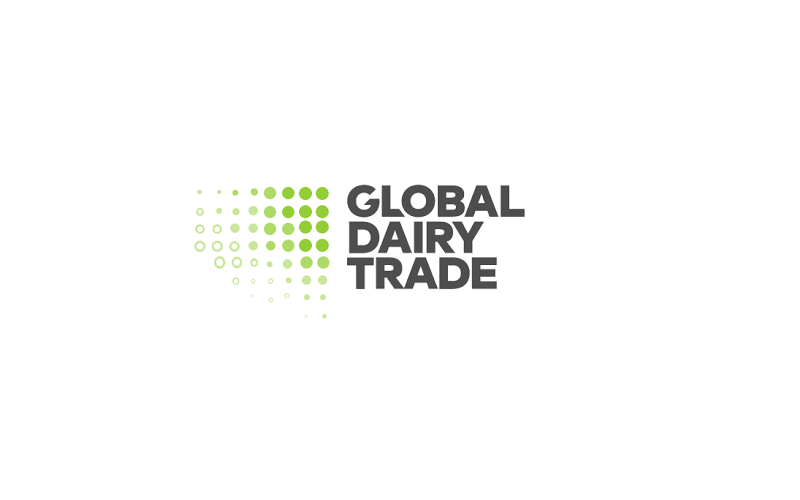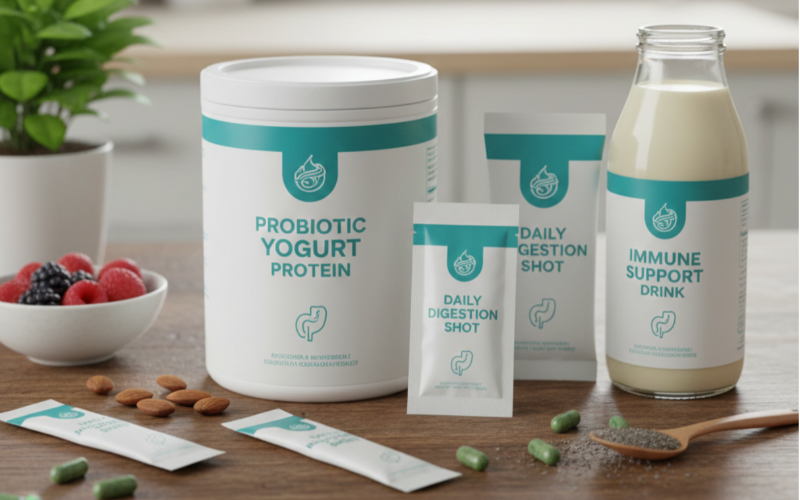China Grapples with Dairy Surplus Amid Declining Demand and Falling Prices
Source: DairyNews.today
China's dairy and beef industries are under mounting pressure as oversupply, declining demand, and falling prices create financial strain for farmers. The issue was spotlighted at an October 25 State Council press conference in Beijing, where a Ministry of Agriculture official described the situation as "complex and severe."

Industry Losses and Falling Prices
A Q3 2024 report from Shandong Province revealed that dairy producers are losing approximately 15,000 yuan ($2,050) per cow. The losses stem from a 15.65% year-on-year drop in raw milk prices, coupled with a 23-33% decline in beef prices for culled cows.
Milk consumption continues to lag, with fluid milk sales falling 8.6% in 2022 and a further 2.15% in 2023. A China Agricultural University professor noted that the supply-demand imbalance has worsened, forecasting a 3.6% decline in the dairy herd this year. Despite this, some regions, like Shandong, have reported localized production increases, with milk output in the province rising 6% in Q3 year-on-year.
Oversupply Rooted in Policy
China’s milk glut has been linked to the "Dairy Industry Revitalization" initiative launched in 2018, which aimed to bolster domestic dairy production. National Bureau of Statistics (NBS) data indicate milk output per capita grew from 23 kg to 30 kg between 2019 and 2023, while per-capita consumption increased by less than 1 kg over the same period.
Although milk production reached record highs, consumer demand has not kept pace. In 2023, milk output surged 6.7%, but consumption dropped by 1.6%, according to official data. Analysts suggest that milk, often viewed as a luxury item in China, is particularly sensitive to economic downturns, with consumers opting for lower-priced dairy products over premium offerings.
Declining Imports
China’s dairy imports peaked in 2021 but have since dropped significantly. By 2023, milk imports were down 38% from their peak, while infant formula imports fell 33% from their 2019 highs. Customs data for January-October 2024 show a further 24% decline in milk powder imports.
The challenges have impacted multinational dairy brands, with declining Chinese market share, falling prices, and shrinking profits reported by companies such as Nestlé and Fonterra.
In response, Chinese authorities are considering various measures to stabilize the industry and boost consumption. These include:
Issuing consumer coupons.
Expanding student milk programs.
Promoting milk consumption in military and workplace canteens.
Publicizing the nutritional benefits of dairy.
The Ministry of Agriculture has pledged support for dairy farmers through subsidies for high-quality heifers, increased alfalfa production, fodder storage assistance, and loans for dairy and beef operations. Officials are also encouraging a "scientific adjustment" of herd sizes to balance supply and demand.
Despite these efforts, the dairy sector faces significant headwinds as it seeks to rebalance supply and stimulate consumer demand. Analysts warn that structural challenges, including changing consumer preferences and intense market competition, will require long-term strategic solutions to stabilize the industry.
A Q3 2024 report from Shandong Province revealed that dairy producers are losing approximately 15,000 yuan ($2,050) per cow. The losses stem from a 15.65% year-on-year drop in raw milk prices, coupled with a 23-33% decline in beef prices for culled cows.
Milk consumption continues to lag, with fluid milk sales falling 8.6% in 2022 and a further 2.15% in 2023. A China Agricultural University professor noted that the supply-demand imbalance has worsened, forecasting a 3.6% decline in the dairy herd this year. Despite this, some regions, like Shandong, have reported localized production increases, with milk output in the province rising 6% in Q3 year-on-year.
Oversupply Rooted in Policy
China’s milk glut has been linked to the "Dairy Industry Revitalization" initiative launched in 2018, which aimed to bolster domestic dairy production. National Bureau of Statistics (NBS) data indicate milk output per capita grew from 23 kg to 30 kg between 2019 and 2023, while per-capita consumption increased by less than 1 kg over the same period.
Although milk production reached record highs, consumer demand has not kept pace. In 2023, milk output surged 6.7%, but consumption dropped by 1.6%, according to official data. Analysts suggest that milk, often viewed as a luxury item in China, is particularly sensitive to economic downturns, with consumers opting for lower-priced dairy products over premium offerings.
Declining Imports
China’s dairy imports peaked in 2021 but have since dropped significantly. By 2023, milk imports were down 38% from their peak, while infant formula imports fell 33% from their 2019 highs. Customs data for January-October 2024 show a further 24% decline in milk powder imports.
The challenges have impacted multinational dairy brands, with declining Chinese market share, falling prices, and shrinking profits reported by companies such as Nestlé and Fonterra.
In response, Chinese authorities are considering various measures to stabilize the industry and boost consumption. These include:
Issuing consumer coupons.
Expanding student milk programs.
Promoting milk consumption in military and workplace canteens.
Publicizing the nutritional benefits of dairy.
The Ministry of Agriculture has pledged support for dairy farmers through subsidies for high-quality heifers, increased alfalfa production, fodder storage assistance, and loans for dairy and beef operations. Officials are also encouraging a "scientific adjustment" of herd sizes to balance supply and demand.
Despite these efforts, the dairy sector faces significant headwinds as it seeks to rebalance supply and stimulate consumer demand. Analysts warn that structural challenges, including changing consumer preferences and intense market competition, will require long-term strategic solutions to stabilize the industry.











